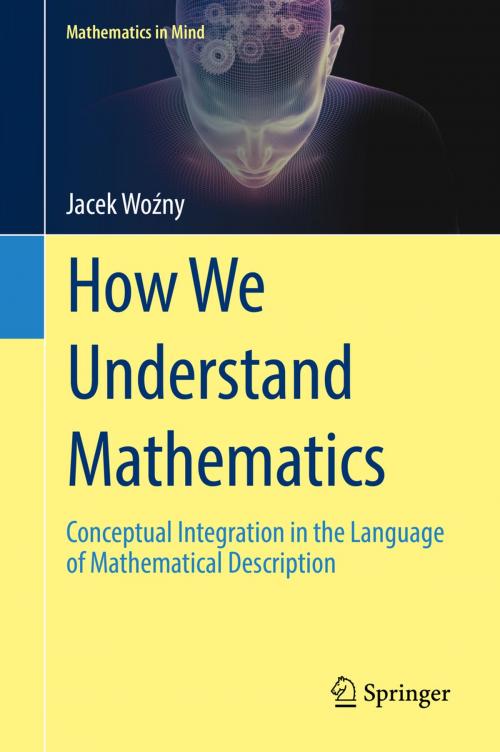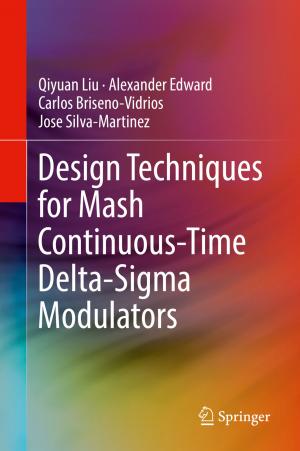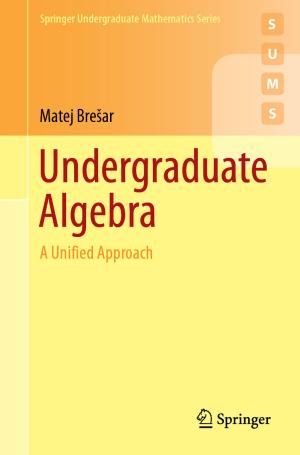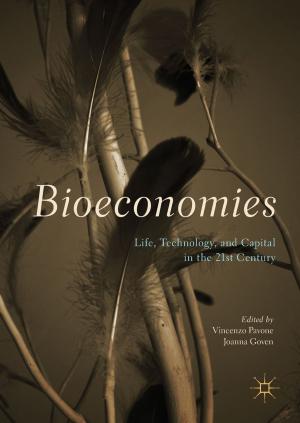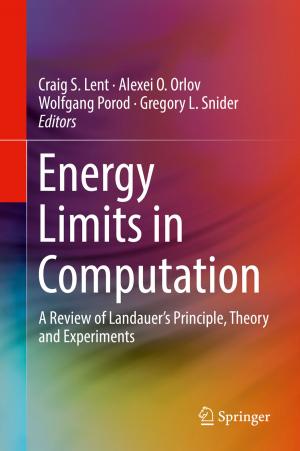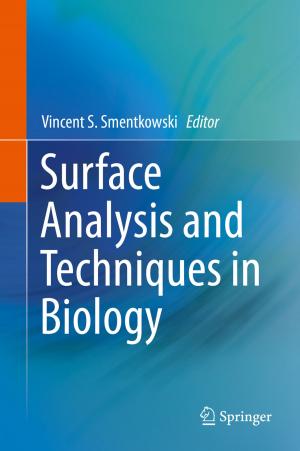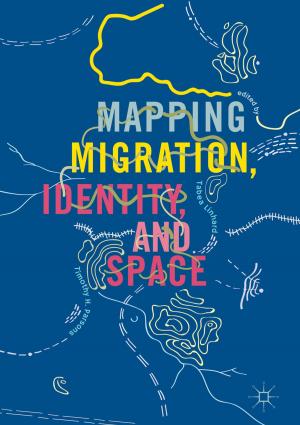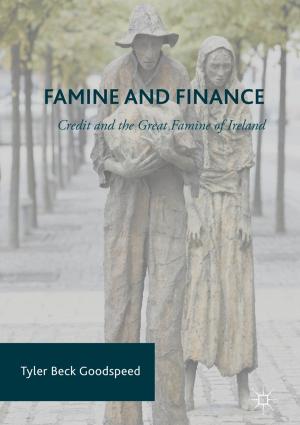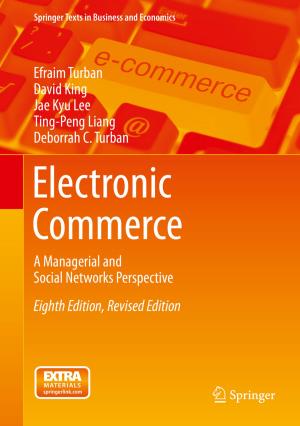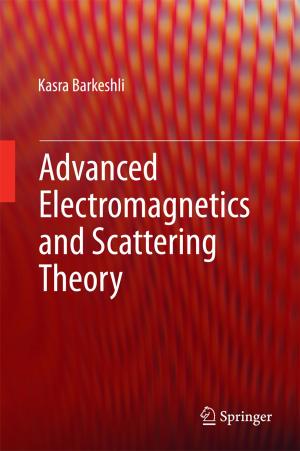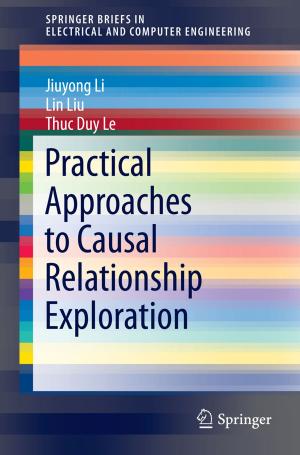How We Understand Mathematics
Conceptual Integration in the Language of Mathematical Description
Nonfiction, Science & Nature, Mathematics, Combinatorics, Reference & Language, Language Arts, Linguistics| Author: | Jacek Woźny | ISBN: | 9783319776880 |
| Publisher: | Springer International Publishing | Publication: | April 25, 2018 |
| Imprint: | Springer | Language: | English |
| Author: | Jacek Woźny |
| ISBN: | 9783319776880 |
| Publisher: | Springer International Publishing |
| Publication: | April 25, 2018 |
| Imprint: | Springer |
| Language: | English |
This volume examines mathematics as a product of the human mind and analyzes the language of "pure mathematics" from various advanced-level sources. Through analysis of the foundational texts of mathematics, it is demonstrated that math is a complex literary creation, containing objects, actors, actions, projection, prediction, planning, explanation, evaluation, roles, image schemas, metonymy, conceptual blending, and, of course, (natural) language. The book follows the narrative of mathematics in a typical order of presentation for a standard university-level algebra course, beginning with analysis of set theory and mappings and continuing along a path of increasing complexity. At each stage, primary concepts, axioms, definitions, and proofs will be examined in an effort to unfold the tell-tale traces of the basic human cognitive patterns of story and conceptual blending.
This book will be of interest to mathematicians, teachers of mathematics, cognitive scientists, cognitive linguists, and anyone interested in the engaging question of how mathematics works and why it works so well.
This volume examines mathematics as a product of the human mind and analyzes the language of "pure mathematics" from various advanced-level sources. Through analysis of the foundational texts of mathematics, it is demonstrated that math is a complex literary creation, containing objects, actors, actions, projection, prediction, planning, explanation, evaluation, roles, image schemas, metonymy, conceptual blending, and, of course, (natural) language. The book follows the narrative of mathematics in a typical order of presentation for a standard university-level algebra course, beginning with analysis of set theory and mappings and continuing along a path of increasing complexity. At each stage, primary concepts, axioms, definitions, and proofs will be examined in an effort to unfold the tell-tale traces of the basic human cognitive patterns of story and conceptual blending.
This book will be of interest to mathematicians, teachers of mathematics, cognitive scientists, cognitive linguists, and anyone interested in the engaging question of how mathematics works and why it works so well.
